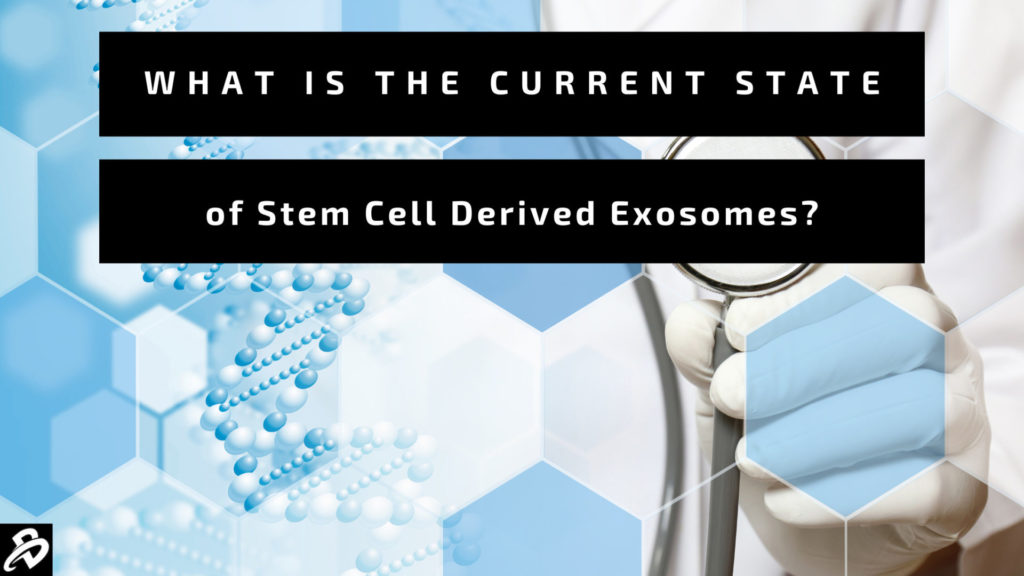Prior to 2007, exosomes were largely considered to be tiny “trash sacs” thrown out of living cells. Around 2007, it as discovered that exosomes carry RNAs and miRNAs, along with other molecules to regulate the expression of genes between cells. This discovery paved the way for the scientists to search for improved techniques for the exploitation of exosomes in treating diseases.
Subsequent studies implicated the exosomes in spreading diseases such as cancer, diabetes, obesity and Alzheimer’s disease. This made scientists surmise that the exosomes which carry molecules that can propagate diseases could also be re-purposed to carry therapeutic molecules.
Today, dozens of companies are working on the development of exosome-based therapeutics. They are trying to solve drug delivery issues for a range of diseases using RNAs, proteins, and even genes. Animal studies have found that exosomes can serve as effective delivery vehicles for a number of diseases. Some companies are also using stem cell-derived exosomes themselves as therapeutics. Currently, two exosome-based diagnostics are commercially available—the ExoDx Prostate IntelliScore Test and Guardant360 CDx test. Additionally, 74 exosome-based diagnostics are being tested in ongoing clinical trials.
Exosomes: Stem Cell Companies Shift their Attention
An increasing number of stem cell companies are shifting their R&D to include exosome products. Some of these stem cell companies have been swinging into exosome product development after years of stem cell product development. They now seeking to exploit the inherent therapeutic effects of naïve (naturally produced) exosomes derived from stem cells.
Other companies have no previous experience with stem cells. They were set up by experts with a background in the delivery of biological therapeutics, such as DNA, RNA and proteins. These companies are focusing on engineering exosomes for delivering a therapeutic payload, such as DNA, RNA, or proteins to a target cell type.
The drawbacks associated with stem cell therapies has forced some stem cell companies into exosome research. For example, Capricor Therapeutics, established in 2005, was pursuing a cell therapy treatment for the rare genetic disorder called Duchenne muscular dystrophy, using cardiosphere-derived cells (CDCs). However, in 2018, the company discovered that, in Duchenne, the therapeutic effect of CDCs was particularly due to the exosomes released by CDCs. Therefore, Capricor is now studying CDC exosomes (CAP-2003) as a “next generation” regenerative medicine for Duchenne and other diseases of inflammation and fibrosis.
Aruna Biomedical, another stem cell company has an even longer history with stem cells. Founded in 2003, the company had been specializing in producing human neural stem cells for sale to researchers. However, in 2017 Aruna started pursuing the exosomes released by the neural stem cells as a potential treatment for stroke. In October 2019, Aruna received funding from National Institutes of Health (NIH) to support research and development.
In contrast, Aegle Therapeutics founded in 2013, started focusing on exosomes right from the beginning. The company’s founder had some frustrating experience with his research on the clinical applications of mesenchymal stem cells (MSCs) for burns and wounds. The team grew frustrated with stem cells. Yet, his team found that the MSC-derived exosomes had indeed the healing effect on burns and wounds. Therefore, Aegle is now developing exosome therapies for skin conditions such as burns, scarring and epidermolysis bullosa. The company has also commenced the clinical trials using the exosomes derived from MSCs.
Cynata Inc. was founded in 2011 with the Cymerus stem cell product candidate derived from induced pluripotent stem cells. Nevertheless, by 2013, it became clear that only the exosomes of Cymerus delivered most if not all the potential therapeutic benefits of stem cells. Thereafter, the founder of Cynata founded Exopharm in late 2013 as a cell-free exosome company and its exosome product candidate Plexaris has now entered human clinical trials for wound healing.
Codiak is an exosome-first company that is now undertaking clinical trials using exosomes as vehicles to deliver biologic cargoes to target cells. The company’s engineered anticancer exosomes are based on the research from MD Anderson Cancer Center at the University of Texas. The Oxford-based Evox has moved into exosomes as a way to improve gene therapy. As more and more exosome clinical trials get underway during the next few years, and sector leaders such Exopharm report clinical trial results, the exosome field is sure to attract more stem cell companies into exosome programs.
Finally, Regenerelle emerged on the scene in 2020 as a major player in the exosome market. Regenerelle’s focus is on deriving high quality exosomes from umbilical cord Wharton’s jelly stem cells. In only a few short years, Regenerelle aggregated the world’s largest supply of high quality exosomes. Since entering the market, it has sold trillions of exosomes and it currently has 2,850 quintrillion exosomes in cryostorage at its NY state licensed tissue bank. It is also producing over 750 trillion exosomes derived from umbilical cord Wharton’s jelly stem cells.
